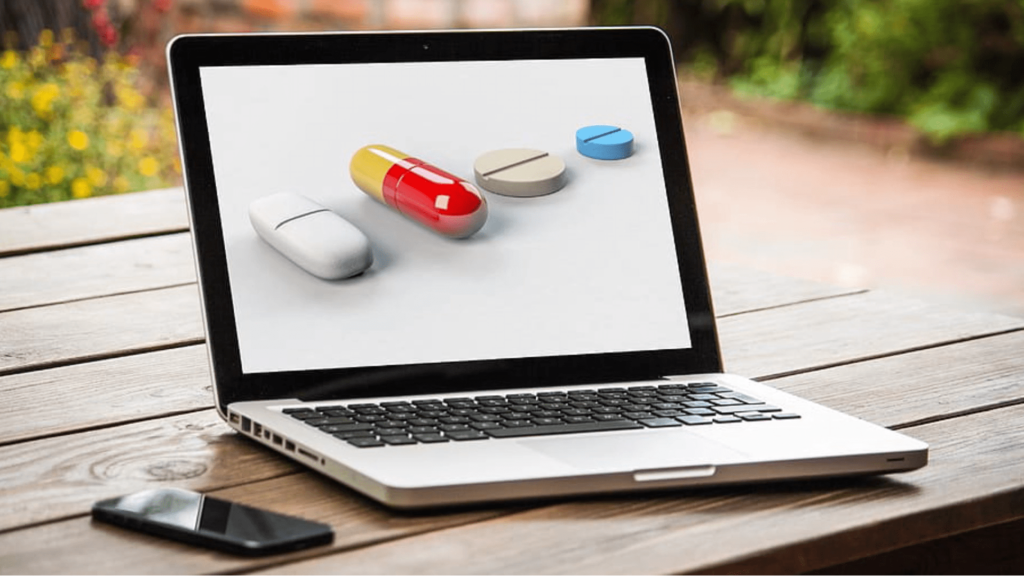The coronavirus pandemic has added another layer of complexity to the challenge of diabetes management. But it has also dramatically accelerated the use of digital tools to help people living with diabetes test and care for their condition from home. Seven months after COVID upended the lives of everyone—especially those with chronic conditions—Healthy.io convened a special online event to explore how digital home testing has changed diabetes management in the United Kingdom, and what remains to be done.
The event was hosted by Lord James O’Shaughnessy, the former Parliamentary Under Secretary for Health, and featured Professor Partha Kar, a National Specialty Advisor for Diabetes to NHS England, Dr. David Lipscomb of the Sussex Community NHS Foundation Trust, Debbie Wake, CEO and Chief Medical Officer of MyWay Digital Health, and Olivia Hind, Partner Success Director of Healthy.io. It also included an inspirational and insightful panel of people living with diabetes, moderated by Laura Boyd, deputy director of the NHS Innovation Accelerator.
Here are some key takeaways from the event:
People want the tools to manage their condition, rather than their condition managing them
As Kayleigh, who has type 1 diabetes, put it: “I’m always at the doctor’s, at hospital appointments. I’m always going to something. And it’s not super convenient having all of my appointments split across different places, different days.”
Rather than having to juggle multiple appointments at multiple sites, the people on our panel all expressed their desire for tools to help them test and manage their diabetes at their own convenience—with helpful nudges to guide them along the way.
The low-hanging fruit for innovation in diabetes care is facilitating self-management
Dr. Partha Kar, the world-renowned diabetes expert and National Specialty Advisor for Diabetes with NHS England, said that “we are fantastic at measuring people’s data, but we’re not very good at doing something with it.” He explained how by rolling out tools like Freestyle Libre, the flash glucose monitoring device in use across the NHS, big picture data can be used to inform and improve self-management on an individual level.
Culling data from multiple sources can help grant people a detailed picture of their health
The sources of data for each person with diabetes are endless: multiple healthcare records, questionnaires, and all manner of glucose monitors and other wearables. Dr. Debbie Wake explained how extracting and analyzing that data allows for highly-personalised predictions and targeting. She explained how—if designed effectively—digital platforms for helping people better manage their health have been found to transcend age and socio-economic demographics across the digital divide.
Smart use of data can have a serious impact
On a broader scale, data can be used to recognise trends, set goals, and as the basis for the deployment of remote testing technologies. Dr. David Lipscomb, of Sussex Community NHS Foundation Trust, demonstrated how data was used to identify people with diabetes who hadn’t undergone the urine tests that show whether they’ve developed chronic kidney disease. Those people were offered Healthy.io’s CKD Early Detection Service, allowing them to undergo the urine test from the comfort of their homes, using a simple test kit and their smartphone camera. The vast majority agreed, thus significantly improving test adherence levels and helping detect the disease early.
**
Remote care is no longer a vision for the future but the lived experience for people across the UK and the entire world. Rather than collect data for data’s sake, it must be used to fuel patient-centric tools that can help people conveniently and responsibly manage their own conditions. As another one of our diabetes panelists, Lee, put it: “We know that works because we do that all the time. Online banking is a great example. I can’t be bothered to go to the bank in the local town centre. But I can pay a cheque in now with my mobile app.”
For more insights from the event, view the on-demand recording.







